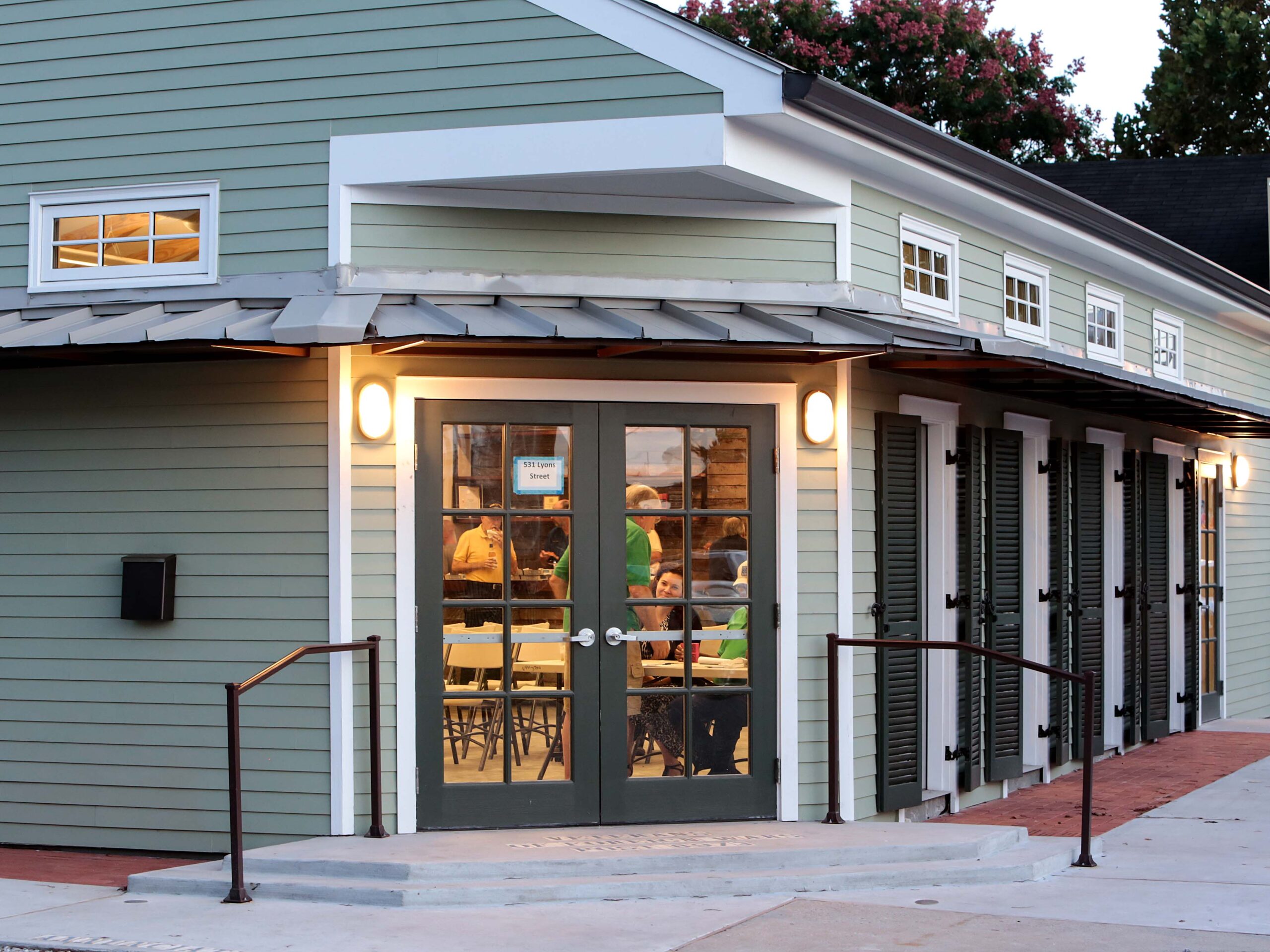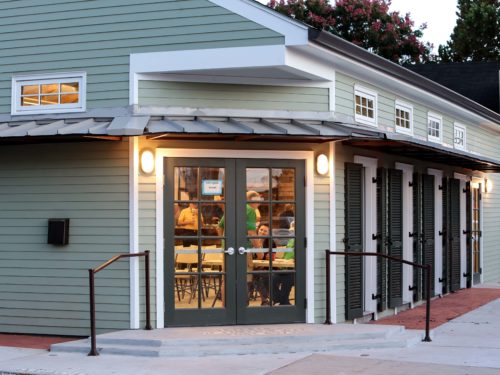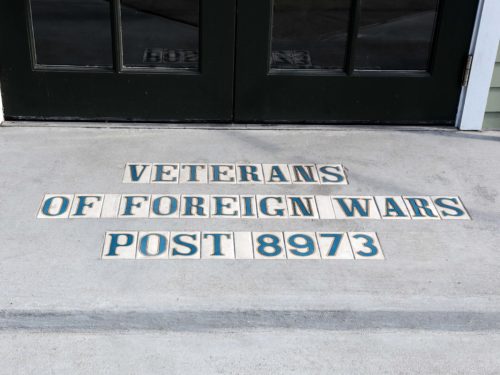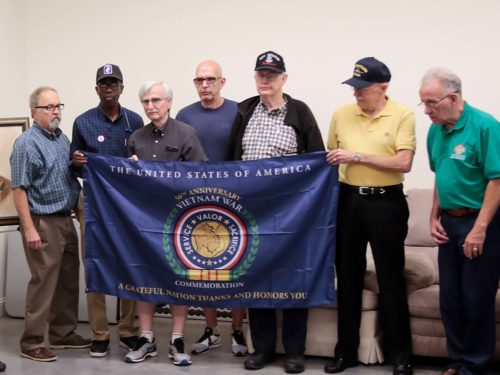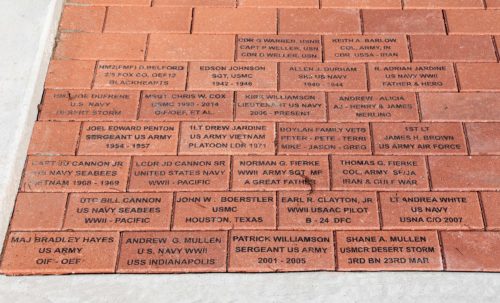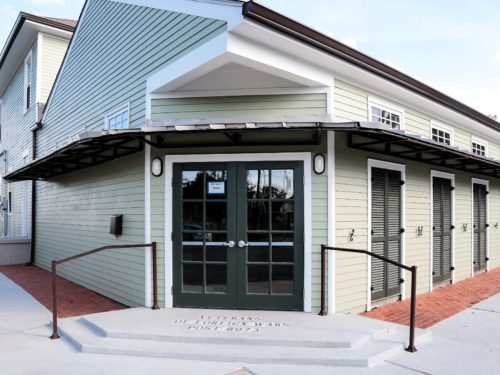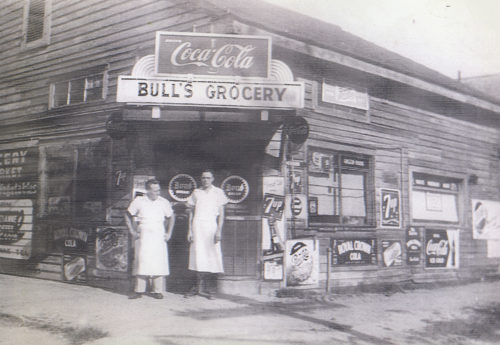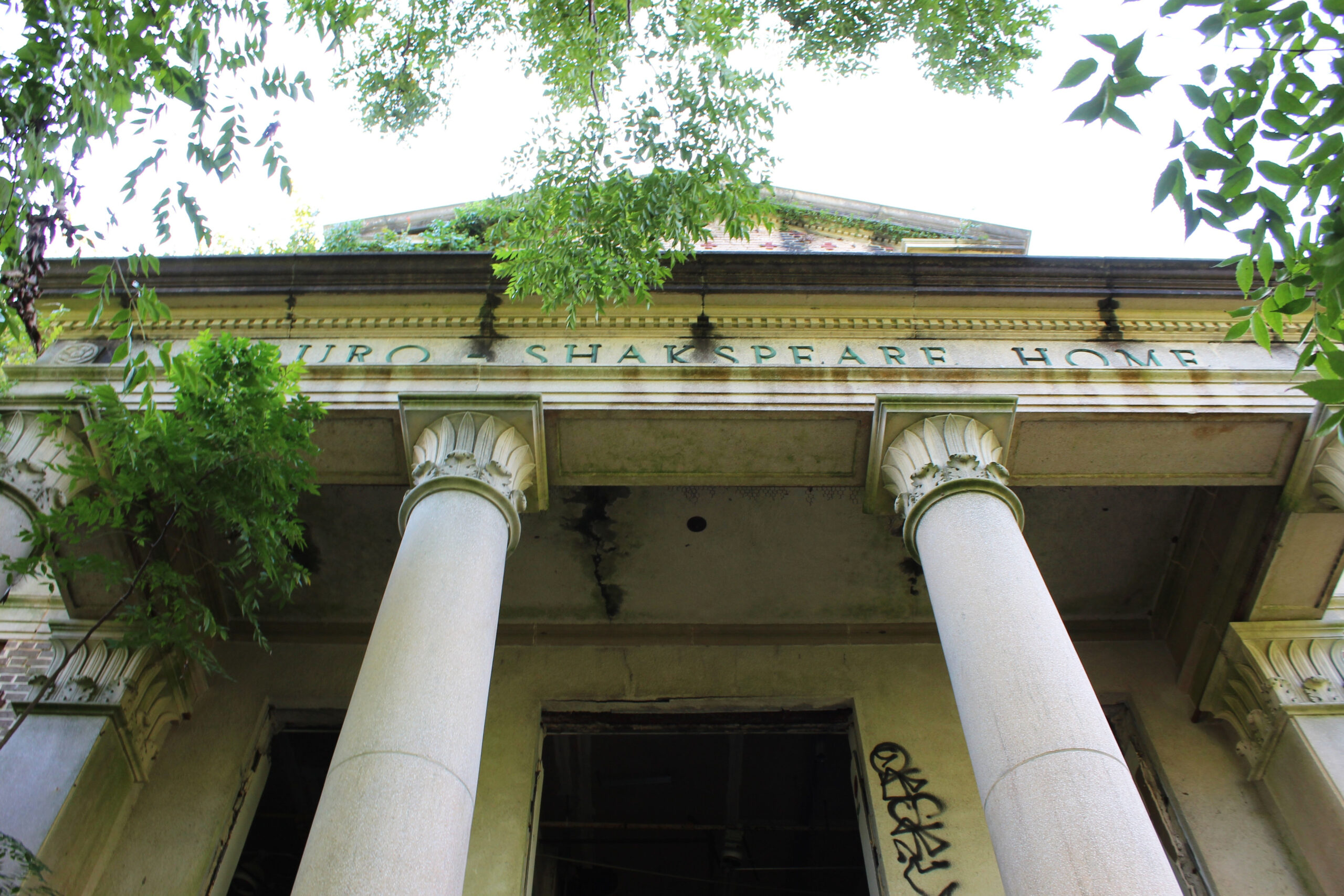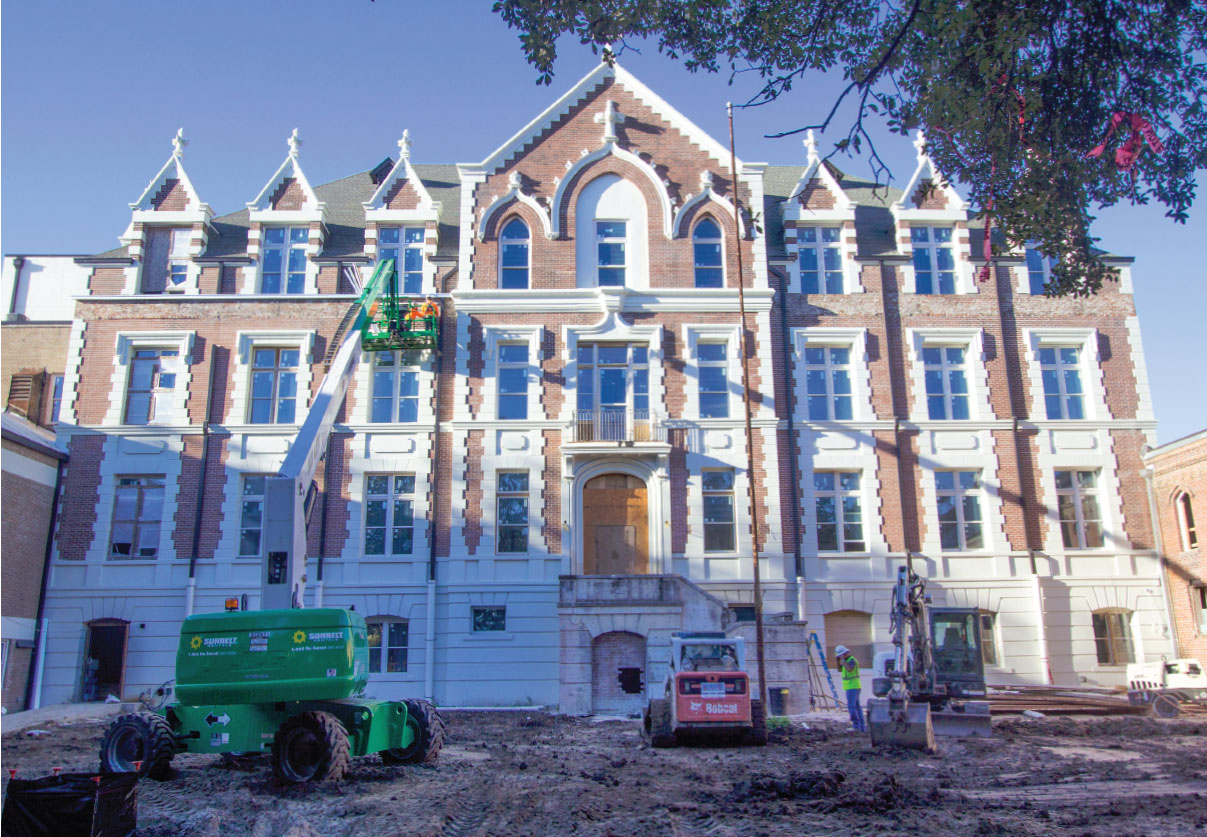A multi-year renovation and reconstruction project in New Orleans’ historic Uptown neighborhood has revitalized the city’s last remaining Veterans of Foreign Wars post. Once in danger of closing its doors, the newly-renovated post will now serve New Orleans veterans and the surrounding community for many years to come.
Originally founded by veterans returning home from World War II to New Orleans’ Irish Channel and Uptown neighborhoods, VFW Post 8973 thrived as a neighborhood mainstay for decades. As the first generation of veterans aged and began to pass away, membership dwindled and the post was nearly dissolved. Within the last 12 years, a group of younger veterans who served in Afghanistan and Iraq banded together to bolster the VFW post – the last one remaining in the city of New Orleans – by renovating the post’s meeting hall and expanding the group’s outreach to the community.
With a vision of revamping the meeting hall at the corner of Annunciation and Lyons Streets – a former corner grocery with an attached two-story building acquired by the VFW in the 1980s – committees were formed and planning for the project began. Jesse Cannon, an architect for the federal court system, joined the VFW post four years ago to help the post organize committees, begin the design process and select architects and contractors. Chenevert Architects and DMG Construction were eventually selected to design and build the project.
The former corner store was in bad shape. The 120-year-old structure suffered from structural problems and rot issues, and was covered in vinyl siding that was starting to peel off. After a visit from the State Historic Preservation Office determined the building didn’t contain enough original historic fabric to make it eligible for Historic Tax Credits, the post determined that a reconstruction of the former corner store would best fit their needs.
“We wanted it to fit within the architectural context of the neighborhood,” said Cannon. “We picked architectural elements that were used in homes in the immediate vicinity.” The height and footprint of the original building were maintained, as was the corner-store look of the façade. Elements like double French doors with overhead transoms were inspired from the surrounding neighborhood. The building is new construction, but many of its details pay homage to its past. Classic blue street tiles from Derby Pottery spell out the post’s name on the sidewalk. On the interior, the focal point is a custom bar designed and built by Matthew Holdren using reclaimed tongue-and-groove cypress boards from the ceiling of the original building. The building is used as the meeting hall for the VFW post, and also doubles as a community space. Since the grand opening of the building this summer, several community groups have used the building for their own purposes.
“I still recall our very first meeting,” said Kirk Williamson, a board officer at the VFW who also works in the construction industry. When Williamson joined the post seven years ago, his first meeting was with the building committee to begin planning the construction project. “Here we are seven years later and it’s a beautiful structure that is incredibly accurate to the architecture of the neighborhood.”
The post was able to save the building’s two-story addition, renovating it two years prior to be used as first-floor offices and a second-floor apartment. New Hardie board siding was installed to replace the vinyl siding, and interior updates were made while keeping historic features intact. The apartments were recently used by the VFW to rent short-term at very low cost to veterans and their families traveling to New Orleans to participate in PTSD studies at Tulane University.
With major fundraising efforts beginning in 2010, the $589,000 renovation and construction project took years of planning and fundraising to complete. Donations both big and small helped to make a difference. “You could truly say that it was a community effort,” said Marshall Hevron, who joined the post in 2005 and helped to revitalize the organization. “We had donations from as small as a dollar to as much as $50,000 to help this renovation get off the ground.” Hevron, a lawyer and Iraq veteran, is currently vice president of the Preservation Resource Center’s Board of Directors.
The project helped to engage members of the VFW and attract new veterans to the post. When Hevron joined 12 years ago, the VFW post was down to less than 10 members. Today, membership is up to nearly 400. Members hope that the new building will help expand their community outreach by attracting younger generations of war veterans to join the post and give back to their community.
Photos by Charles E. Leche



